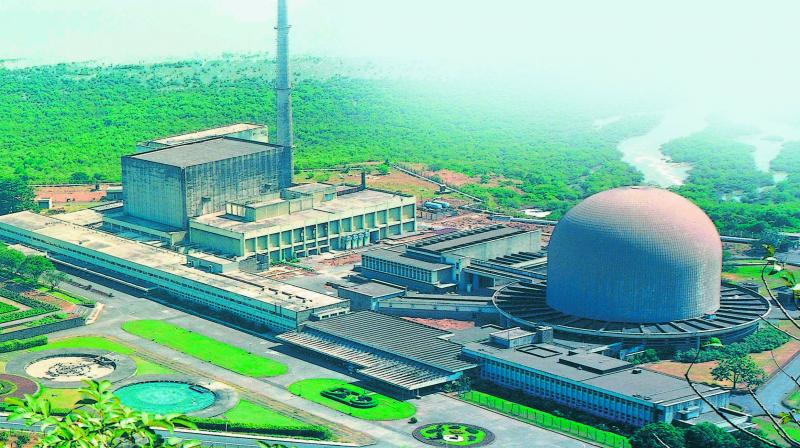Future energy: Wasteful reactors

Just last month, the Secretary of the Department of Atomic Energy announced that the Prototype Fast Breeder Reactor (PFBR) will be commissioned next year at Kalpakkam. Despite an investment of over $100 billion (in 2007 dollars) on research, development, and constructing prototypes by countries such as the United States, France, the United Kingdom, and Japan, fast breeder reactors have proven to be costly to build and operate, susceptible to severe accidents, and incapable of operating reliably. Given this history, the DAE’s pursuit of this technology makes little sense. The PFBR has been under planning since the early 1980s; it is to inaugurate the second phase of the DAE’s three-phase strategy, which was adopted in 1954. The one operating breeder reactor in India is the Fast Breeder Test Reactor, whose operating history has been patchy, it having operated for only 21 per cent of the maximum possible operating time (as of 2013).
Construction of the PFBR has already taken more than twice as long as initially projected, and has cost 63 per cent more than what was projected — so far. Even at the original cost estimate, and assuming input costs that are favorable to the PFBR, electricity from that reactor will be about 80 per cent more expensive in comparison with electricity from the heavy water reactors that the DAE itself is building. With more realistic values and after accounting for the significant construction cost escalation, electricity from the Prototype Fast Breeder Reactor could be 200 per cent more expensive than that from heavy water reactors. This is not surprising — breeders have been uneconomical everywhere.
The DAE’s rationale for building breeder reactors is that India lacks large deposits of good quality uranium ore. This rationale is mistaken. First, uranium is available freely in the global market and there is no likelihood of there being a shortage of the material. Second, if one is willing to pay higher prices for it, significantly larger quantities of uranium will become available even domestically, because it becomes economical to mine poorer grades of uranium. Since breeder electricity is so much more expensive than electricity from heavy water reactors, the latter will still be cheaper even at much higher costs for uranium. Thus, there is no economical case for building breeder reactors.
Apart from high costs for electricity, the PFBR and other breeder reactors are risky because they are susceptible to what are called core disassembly accidents. The core where the nuclear reactions take place is not in its most reactive — or energy producing — configuration. An accident involving the fuel moving around within the core, (when some of it melts, for example) could lead to more energy production, which leads to more core melting, and so on, potentially leading to a large, explosive energy release that might rupture the reactor vessel and disperse radioactive material into the environment. The PFBR’s containment structure is not capable of withstanding such a severe accident. Therefore, a large amount of radioactive material could be dispersed over large areas.
Despite decades of funding and political backing, nuclear power constitutes only a trivial fraction (3.5 per cent in 2015) of overall electricity generation in India. Some part of the blame for this state of affairs should go to the DAE’s obsession with breeder reactors. Even for those favouring nuclear power, breeder reactors make little sense. The DAE’s reliance on such a problematic technology suggests the organisation is incapable of learning appropriate lessons from its past and makes it likely that nuclear power will never become a major source of electricity in the country.
The writer is currently with the Nuclear Futures Laboratory and the Program on Science and Global Security, both at Princeton University, and is the author of The Power of Promise: Examining Nuclear Energy in India.

